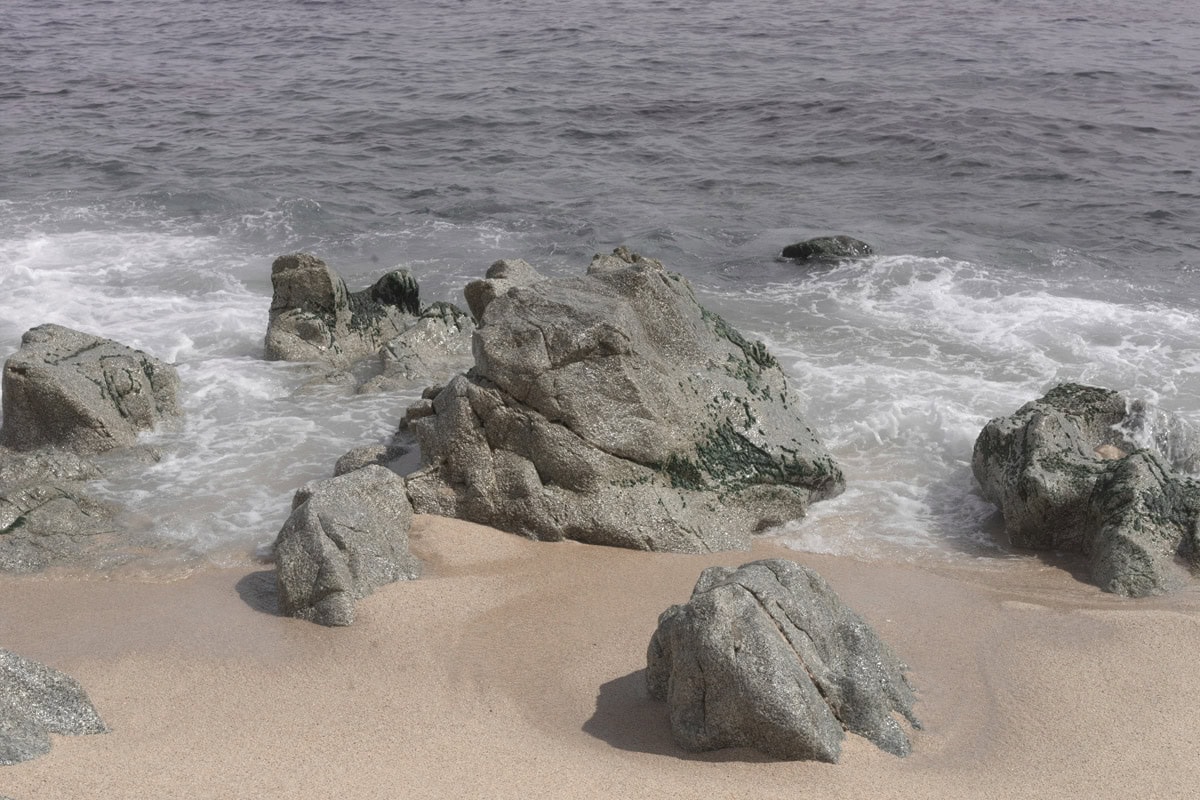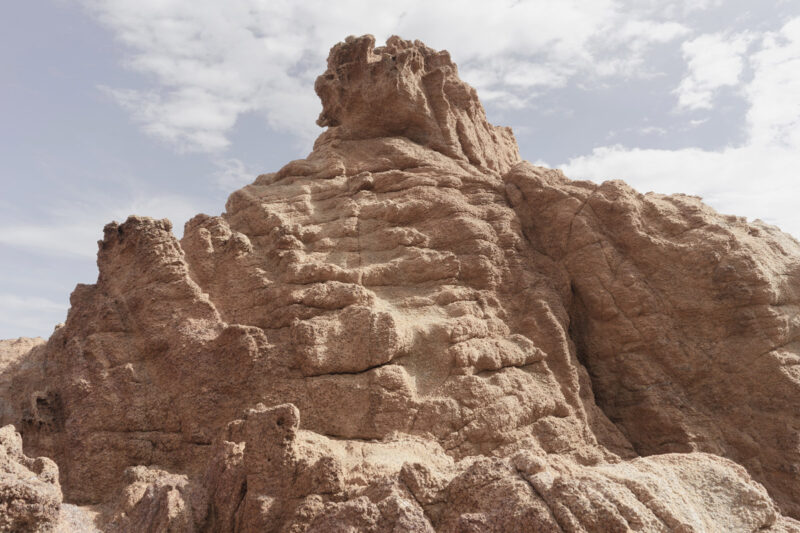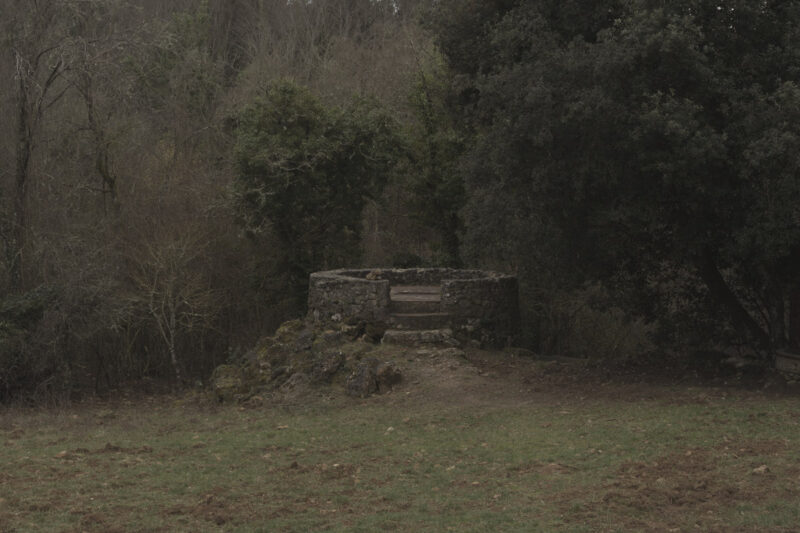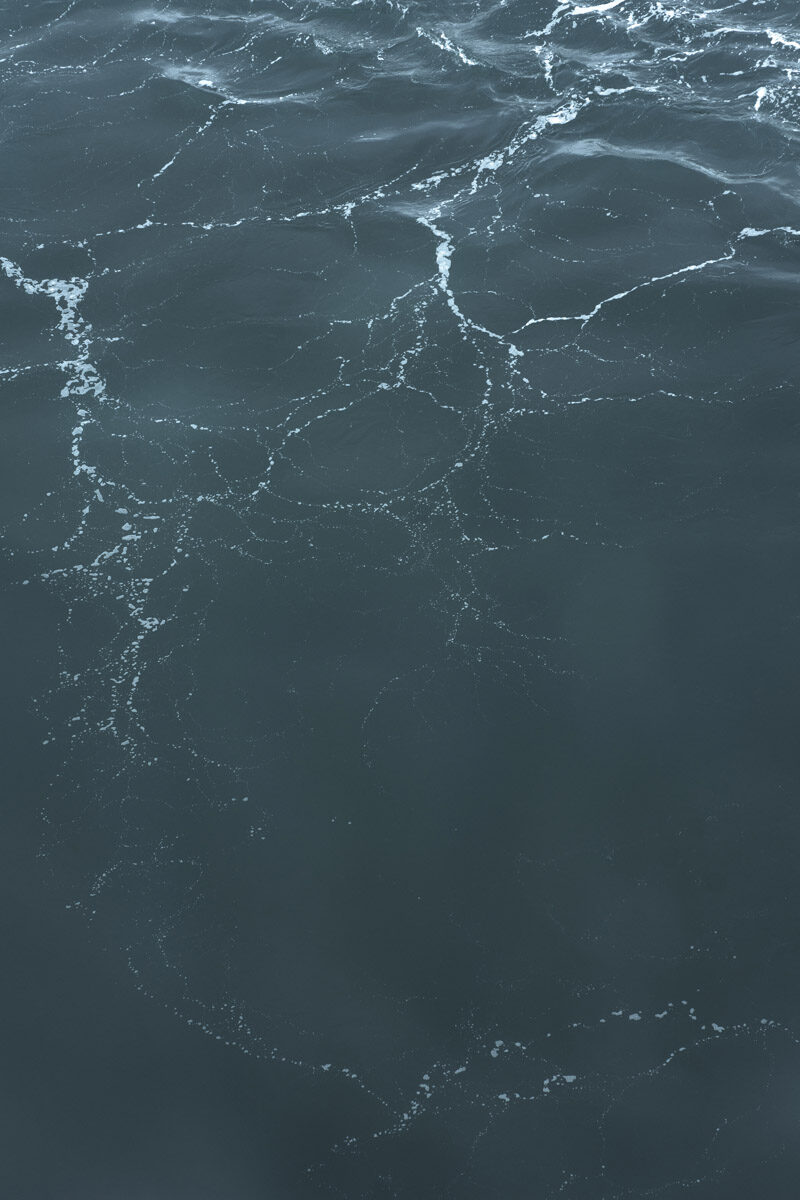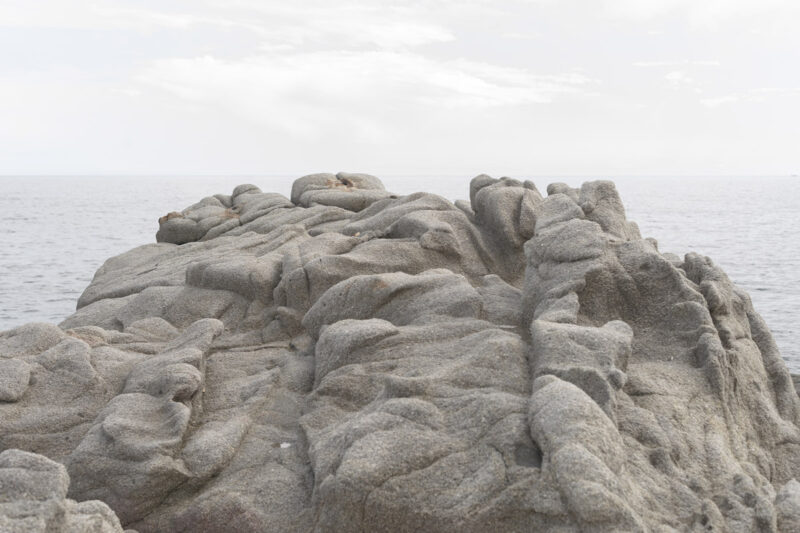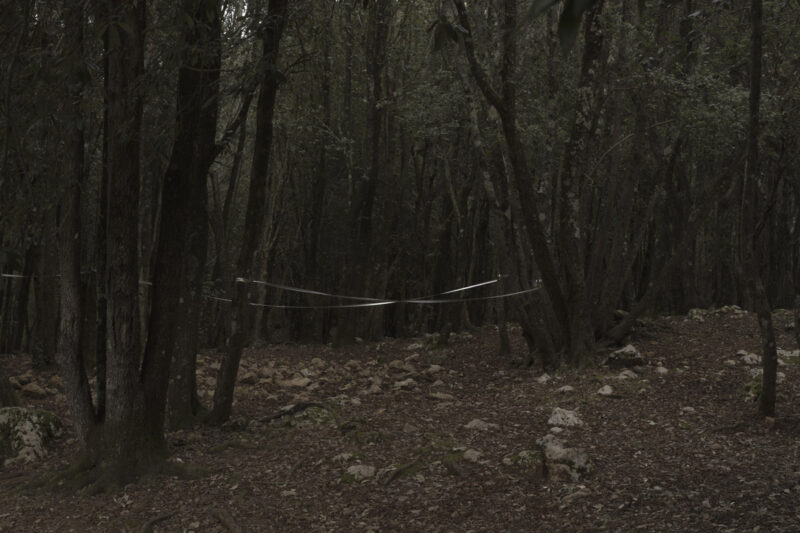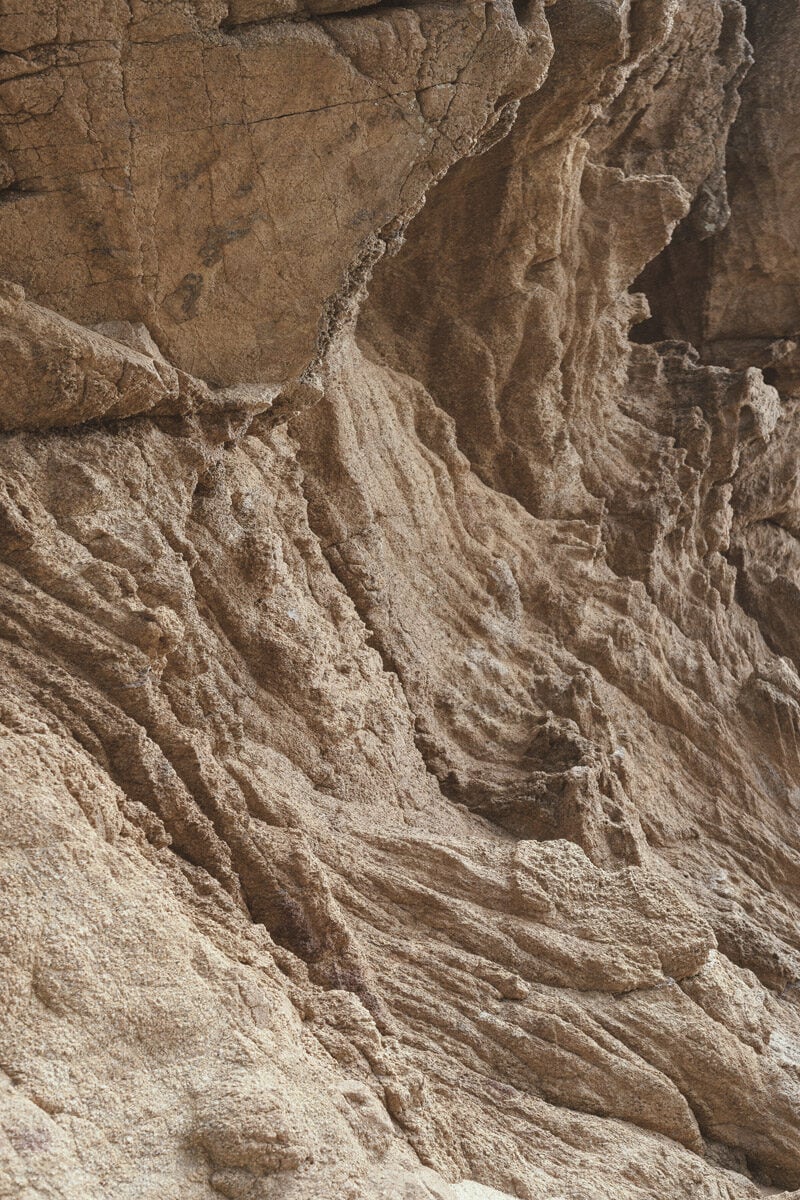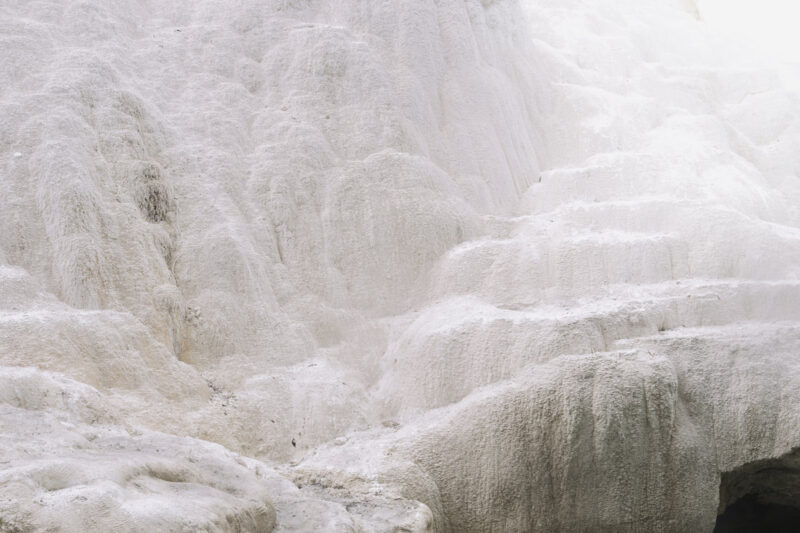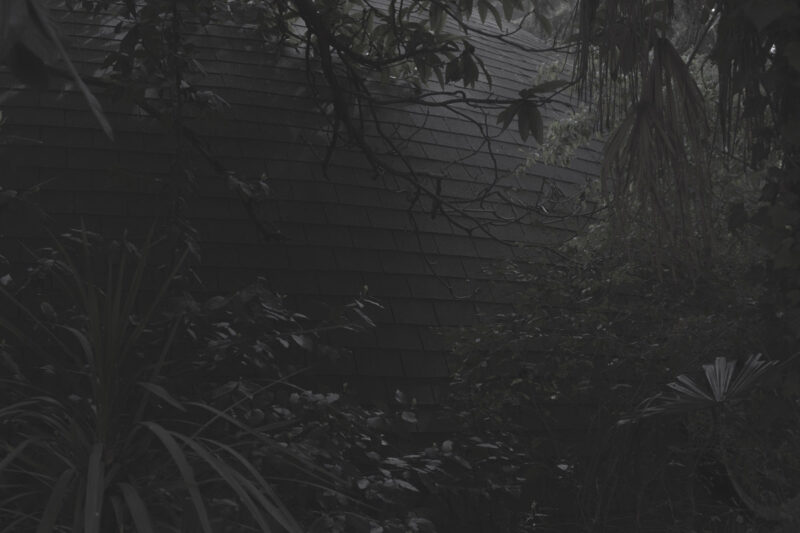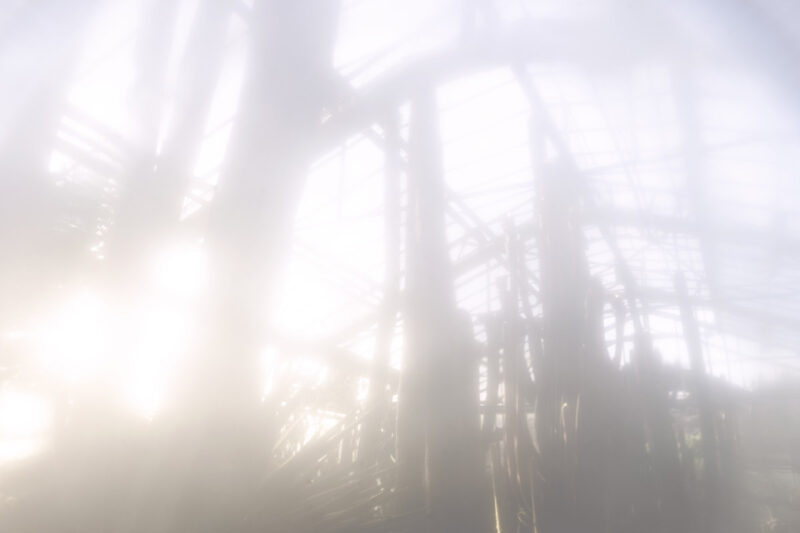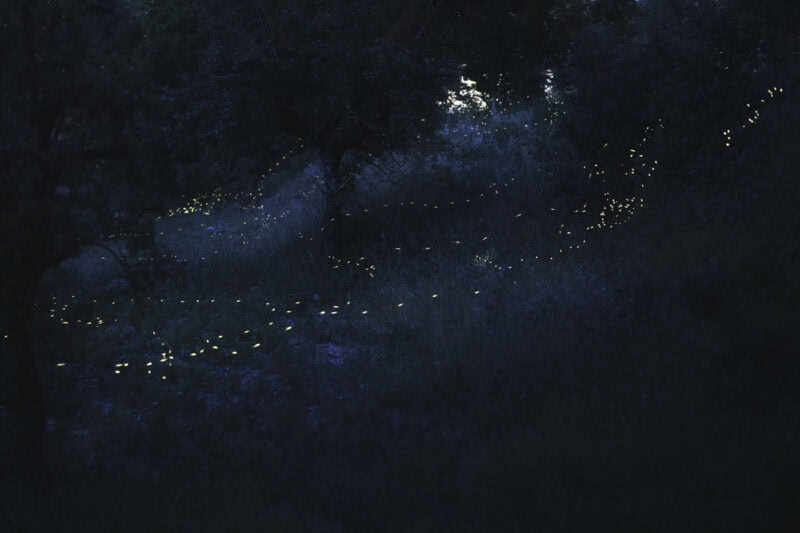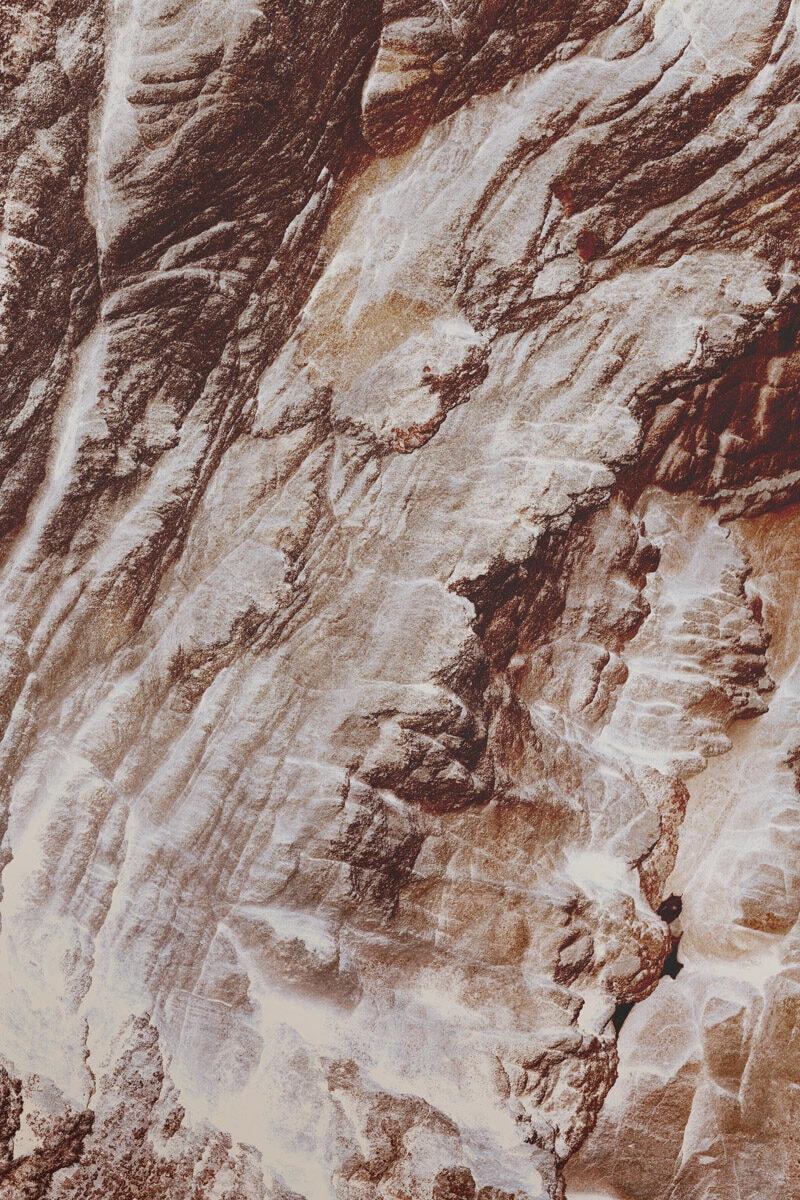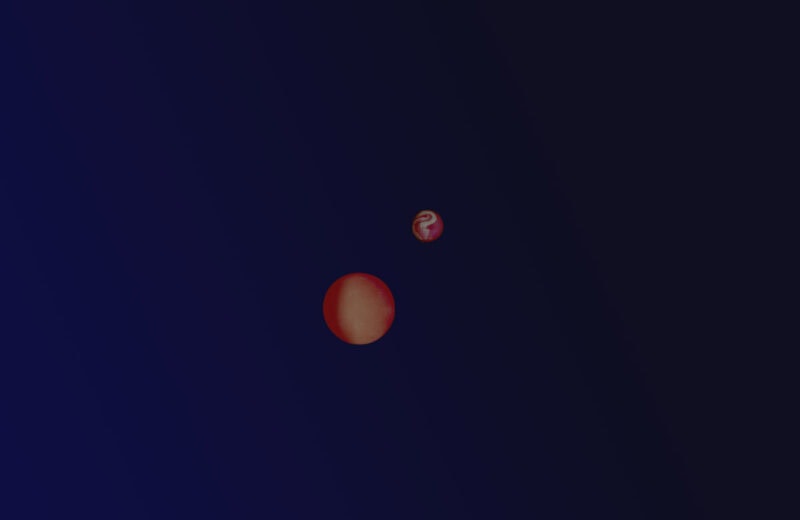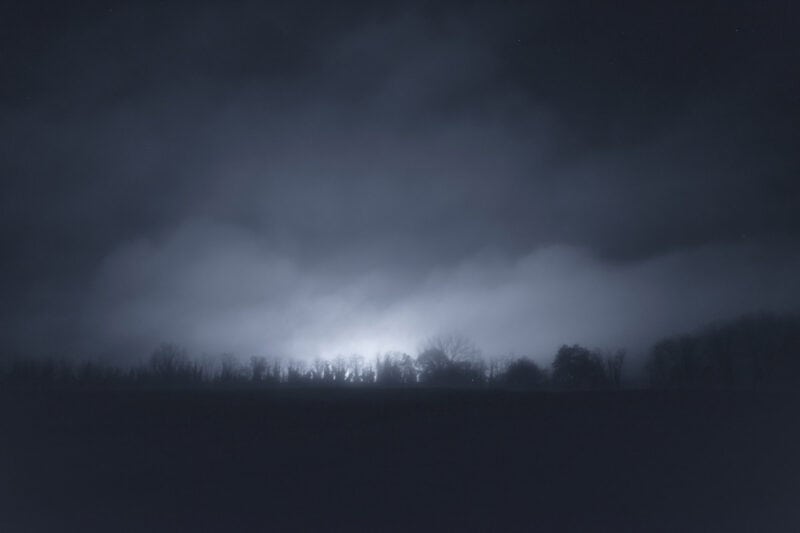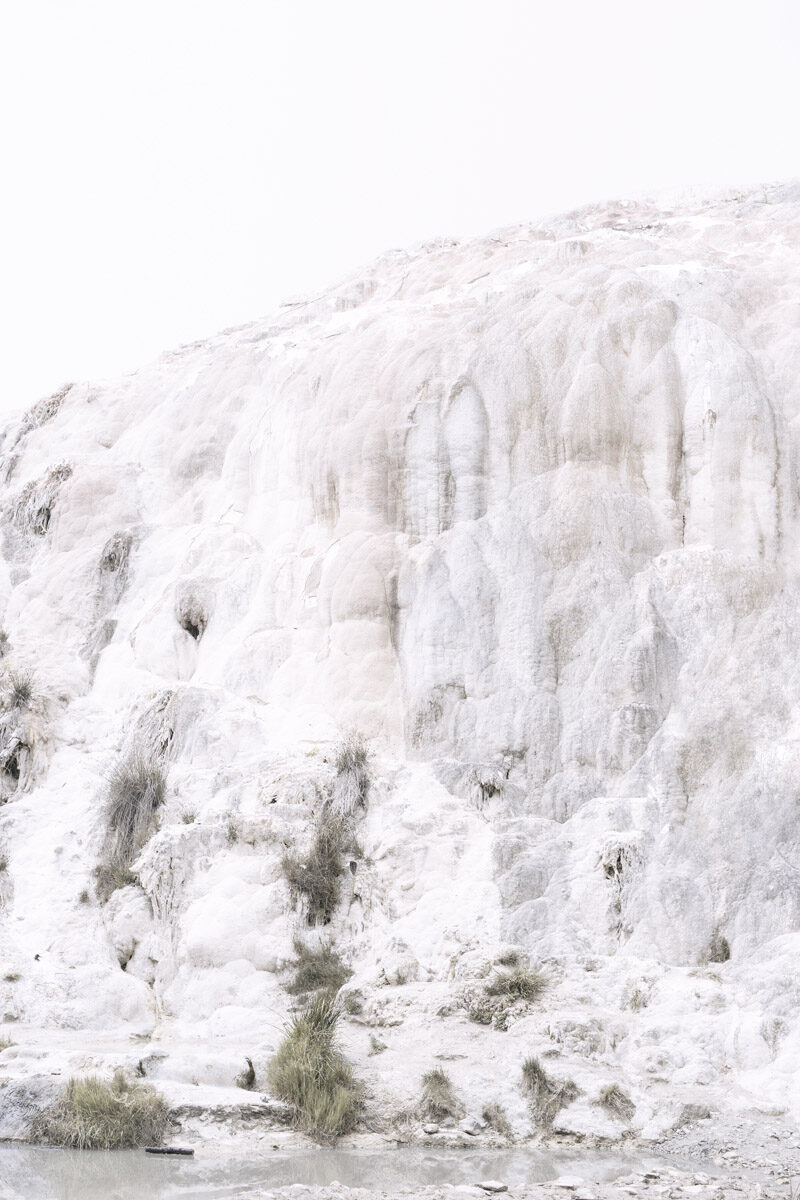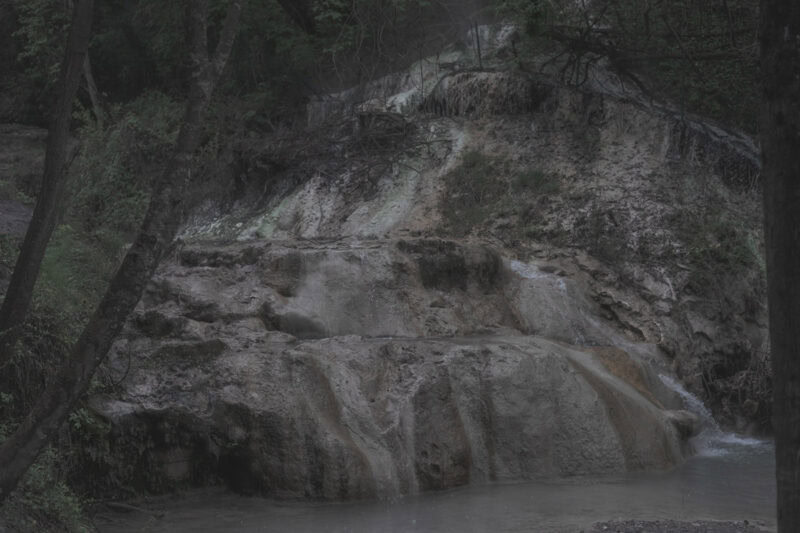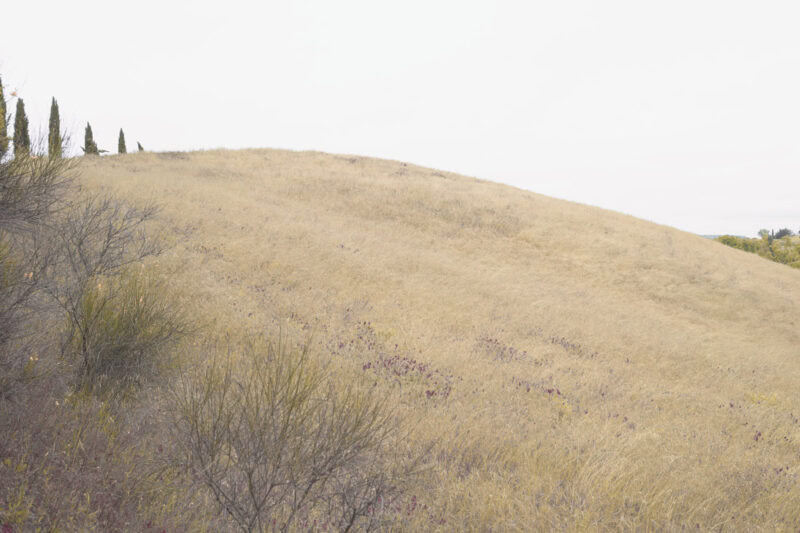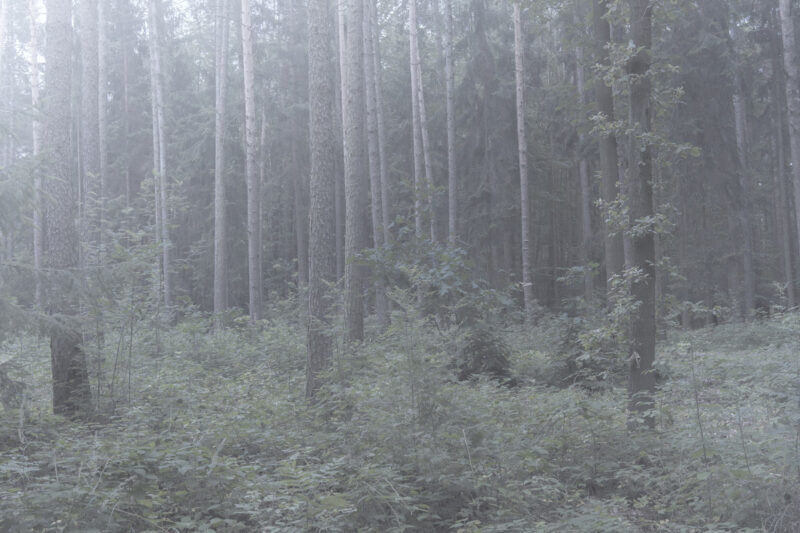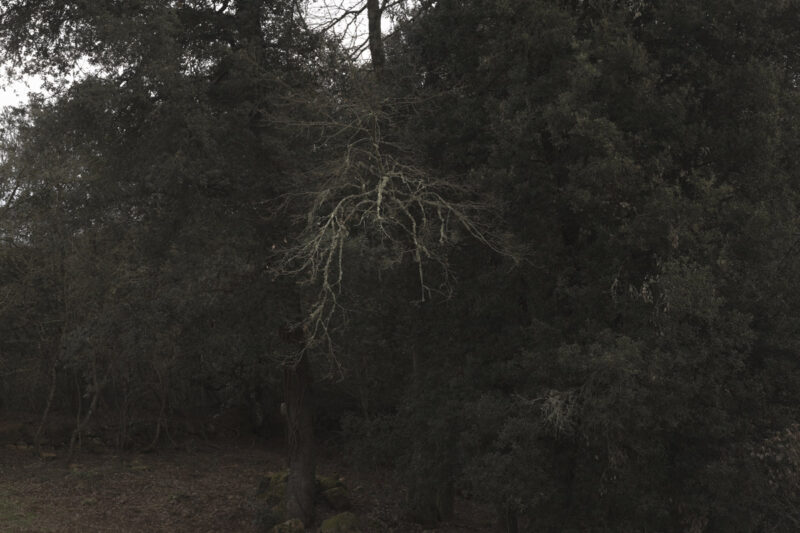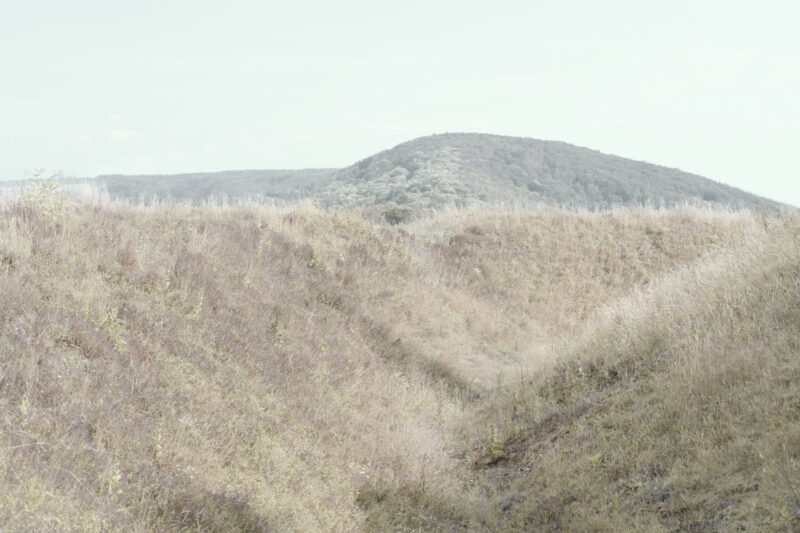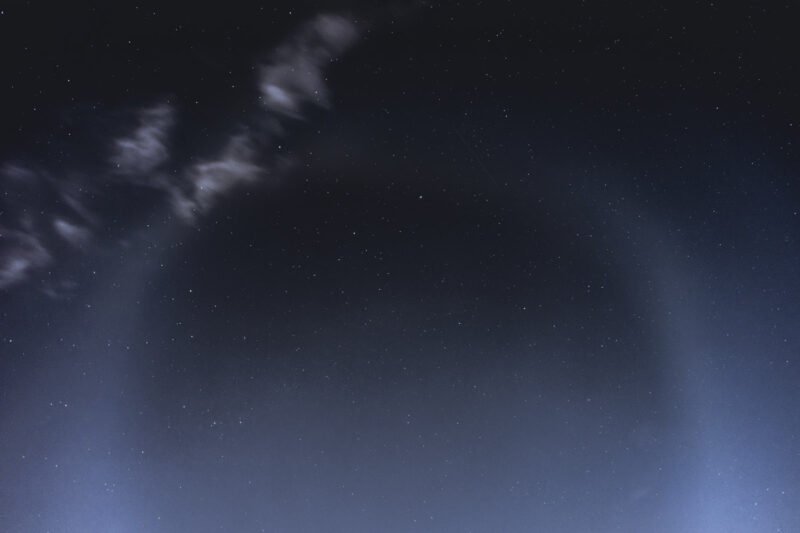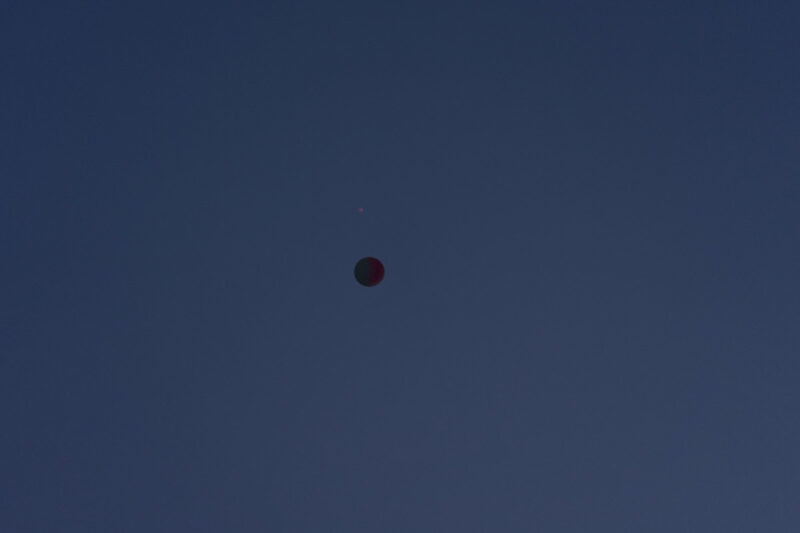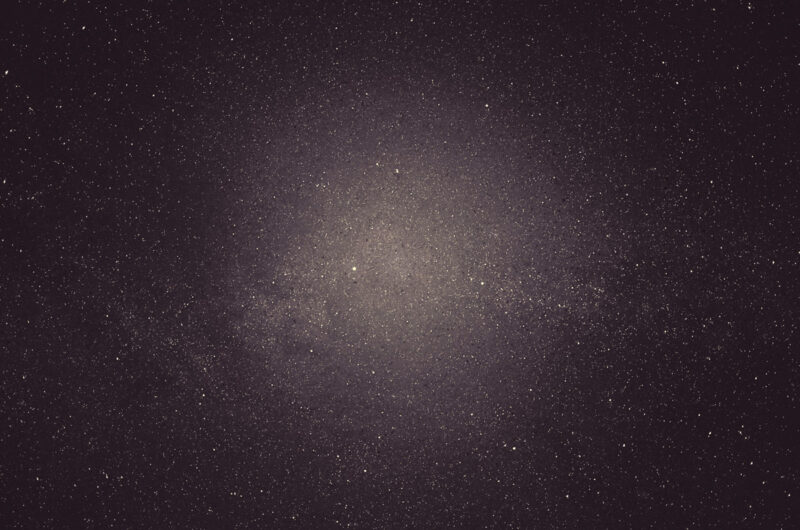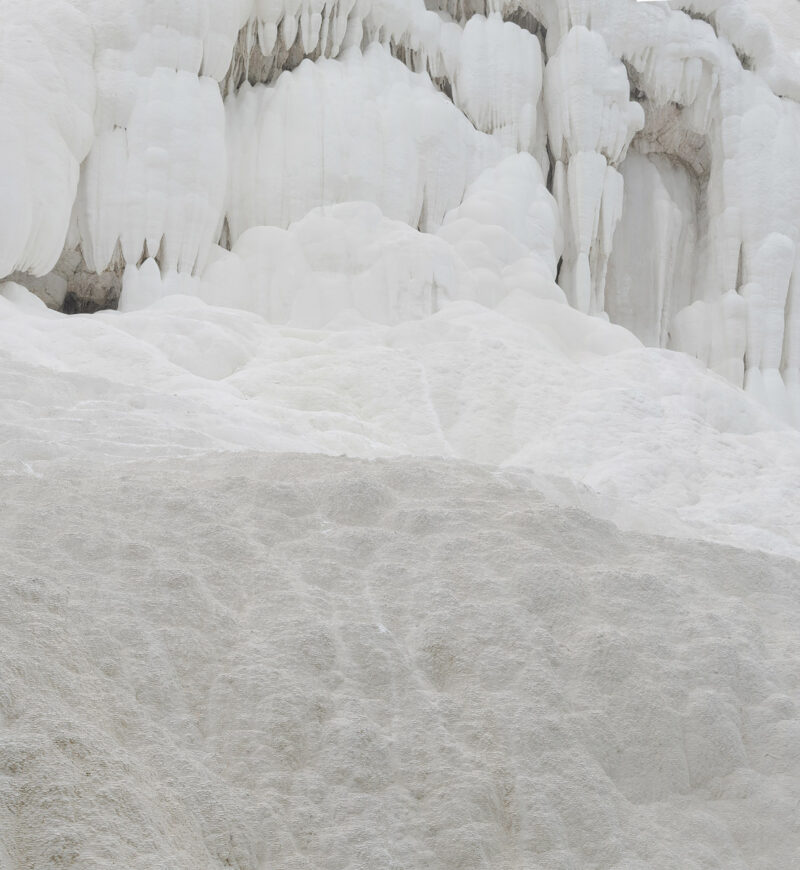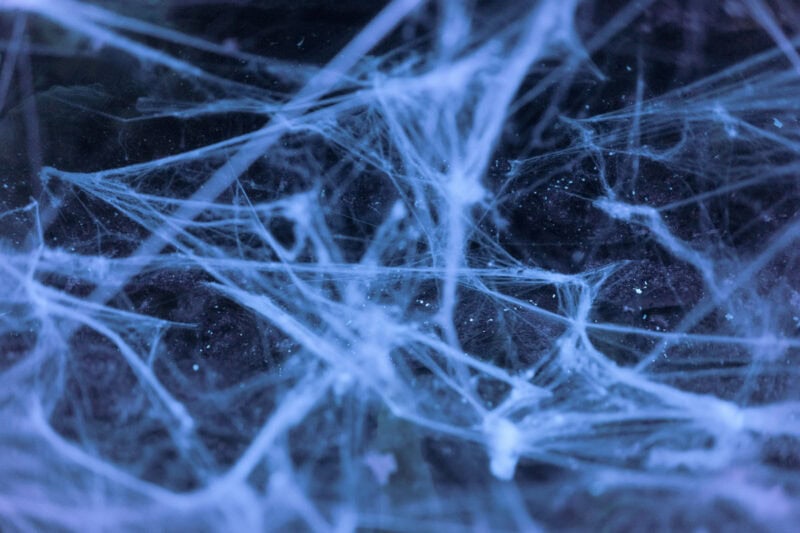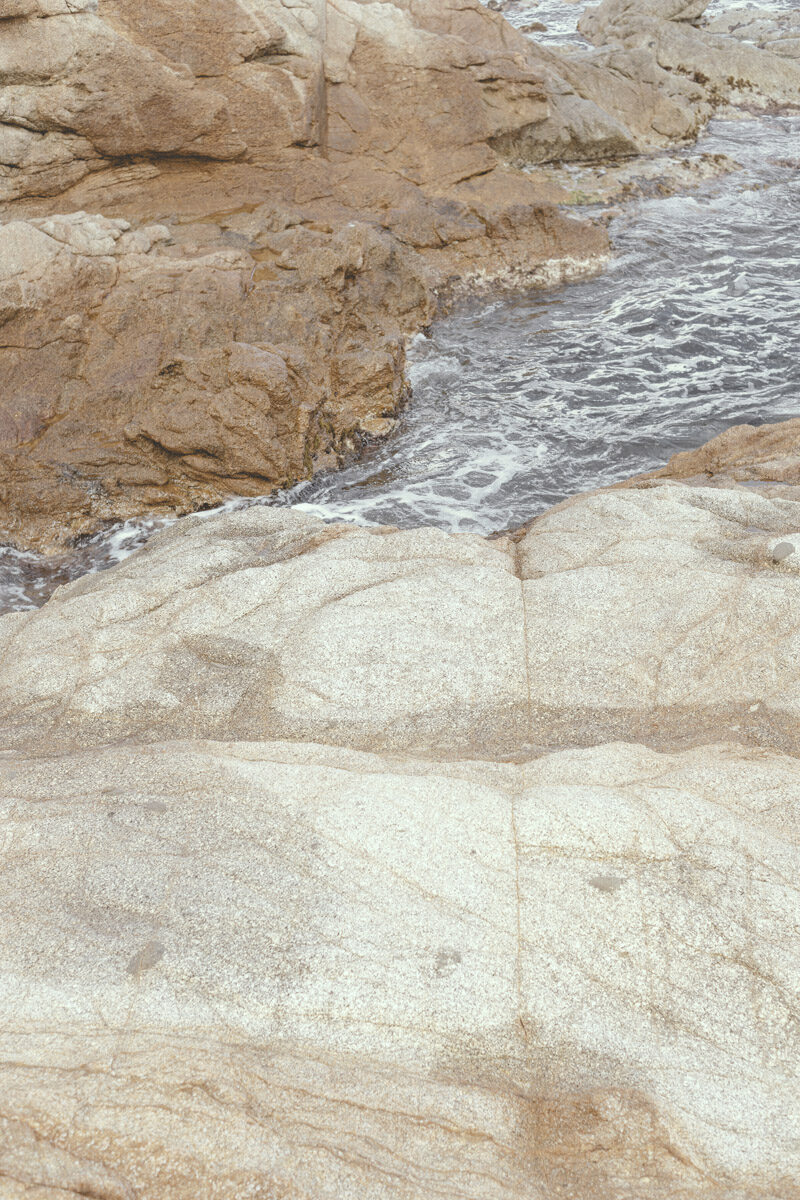This is an unpublished project premiered today on C41 Magazine.
Gabriel Provvedi is a visual artist from Italy whose main study interest is the relationship between humans, nature and science, and how art can contribute to better understand the interactions between our lives and the existence around it.
His academic background helped him to develop his artistic studies, graduated in two-dimensional figurative arts at Liceo artistico Duccio di Buoninsegna (Siena), then studied photography at Istituto Marangoni in Florence, nowaday he graduated in photography at the LABA of Florence with a with a mark of 110\110 and honors.
He is mainly interested in creating fantastical worlds that feature natural landscape, artificially recreated landscapes and humans transformed into non-humans beings.
By focusing on those interests, his research is based on the exploration of the realms of reality and fantasy, trying to trigger the perception from a realistic one to a non-existing.
Moreover, studies on human perception and aesthetics are the main stimuli of his artistic research.
He has exhibited his works at “NIU – New Italian Under” at PH Neutro gallery (2019), “Familia” at Novosibirsk State Art Museum (2020) and “Artisti Naturali” at Mu.Ma.K (2020)
About ‘Astrographics’ – words by Gabriel Provvedi:
Water, rocks, methane, and other compounds: the primordial cauldron on earth begins to mix and somehow life is born. For some bizarre and statistically improbable events we live on the planet that we call Earth; our land, our homeland, our home. A singular place. If we observed our existence from the outside, we would appear as aliens. Living beings that move everywhere, far and wide on their planet. From the point of view of a foreigner, coming from who knows what remote place in the Galaxy, we would look just like that. Life on Earth begins thanks to biological compounds that came from the cosmos by means of collisions between planets, asteroids and any other celestial object with physicality, bringing from the cosmic immensity small parts of alien life, giving rise to what we know today. In Astrographics I research and photograph some of my familiar places, depriving them, in some cases, of their three-dimensionality, turning the perception from a realistic place to a fiction place. The perception of the place and landscape activates some neuronal processes that start a reflection on the nature of the place, on its truthfulness, but at the same time, the processes intrinsic to the personality are activated, finding coverage from personal experiences, imagination and dream. Artifact and real places come together, rewarding the perceptual bond that is created with a landscape, making the landscape itself a reason for interior reflection. A meditation on the nature of the landscape, on the origins of the Earth, and how our life experience is bizarre and infinitely incredible.
